An upside-down picture can carry various meanings. Some times it symbolizes a fresh perspective, encouraging us to view things from a different angle.
It can represent a sense of confusion, highlighting the need to reevaluate our understanding. In some cases, it simply suggests a playful or artistic approach, challenging conventional norms.
The interpretation of an upside down picture meaning depends on context and personal perception, making it a versatile element in visual communication.
What Is The Upside Down Picture Meaning? The meaning of an upside-down picture can vary. It often encourages us to rethink our perspective, offering a new angle on things. It might symbolize confusion or the need to reconsider our understanding. Sometimes, it’s just a playful or creative twist, defying convention. Interpretation depends on context and personal viewpoint, making it a versatile visual element.
- Brief Description Of Upside Down Picture Meaning
- Symbolism Of An Upside-Down Picture
- Upside Down Picture Spiritual Meaning
- Psychological Effects Of Viewing An Upside-Down Image
- The Curiosity Sparked By An Upside-Down Picture
- Ways To Interpret An Upside-Down Picture
- The Impact Of An Upside-Down Picture On Creativity And Thinking
- Using An Upside-Down Picture As A Metaphor In Marketing And Branding
- How To Use An Upside-Down Picture To Generate Intrigue And Engagement
- The Impact Of Social Media On The Popularity Of Upside-Down Pictures
- FAQ About Upside-Down Picture Meaning
- Final Thought
Brief Description Of Upside Down Picture Meaning
An upside-down picture’s meaning can be briefly described as a visual shift in perspective. It encourages viewers to look at things differently, often symbolizing a fresh viewpoint.
This inversion can evoke feelings of disorientation, prompting a reevaluation of one’s understanding. On occasion, it’s used for artistic or playful purposes, adding intrigue and sparking curiosity.
The upside-down picture meaning hinges on its ability to provoke diverse interpretations, making it a versatile tool in visual communication.
Hidden Meanings In Upside-Down Photos
Hidden meanings often lurk within upside-down photos. These images invite us to see the world from a new angle, unlocking fresh perspectives.
They can symbolize mystery, prompting us to uncover deeper insights. Sometimes, they serve as creative or artistic expressions, inviting interpretation and sparking curiosity.
In essence, the allure of upside-down photos lies in their capacity to conceal intriguing messages, waiting for the viewer’s discerning eye to decode them.
Alternative Perspective In Pictures 🙃
Pictures offer an alternative perspective on the world, presenting unique viewpoints that challenge our usual way of seeing things. They encourage us to explore diverse angles, sparking fresh insights and creativity.
These alternative perspectives in pictures expand our understanding, reminding us that there’s always more than one way to view the world around us.
Symbolism Of An Upside-Down Picture
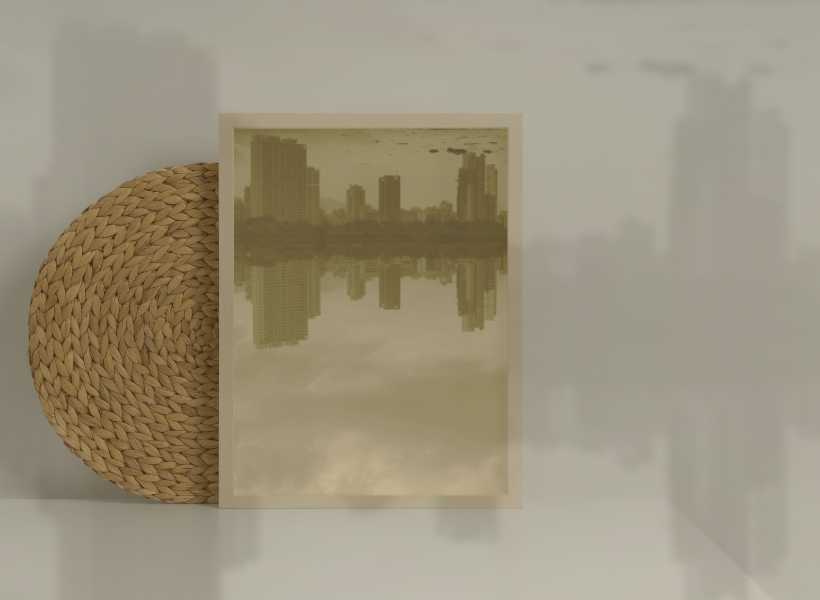
It often signifies a shift in perception, prompting viewers to consider a different viewpoint. It may symbolize a sense of upheaval or challenge, urging us to rethink our understanding.
Occasionally, it’s used for symbolic purposes, adding depth and complexity to the image’s meaning.
An upside-down picture’s symbolism is open to interpretation, making it a thoughtful element in visual communication.
Reverse Image Symbolism
Flipping an image often signifies a fresh perspective, encouraging us to reconsider our viewpoint. It may symbolize change or transformation, inviting us to view familiar things from a different angle.
This reversal can add depth and intrigue to the symbolic meaning, making it an attractive element in visual storytelling.
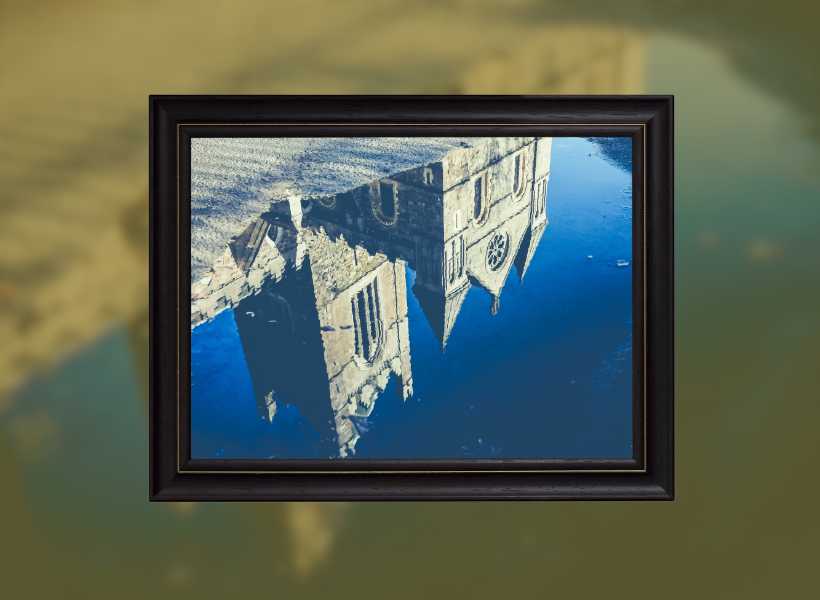
Upside Down Picture Spiritual Meaning
The spiritual meaning of an upside-down picture can vary widely depending on one’s beliefs and cultural context. In some spiritual traditions.
It symbolizes a departure from the conventional, encouraging individuals to seek deeper spiritual insights by looking beyond the surface.
It may also represent a spiritual awakening, a shift in consciousness, or a desire to see the world from a different, more deeper perspective. The spiritual significance of an upside-down picture is a personal and subjective interpretation.
Psychological Effects Of Viewing An Upside-Down Image
It challenges our brain’s visual processing, leading to feelings of disorientation or surprise.
This disruption encourages our cognitive system to engage more actively, sparking curiosity and potentially enhancing creative thinking.
Some people find it mentally refreshing, as it breaks the monotony of everyday perceptions.
The psychological impact of viewing upside-down images showcases the brain’s adaptability and the potential for novel insights through visual stimulation.
The Curiosity Sparked By An Upside-Down Picture
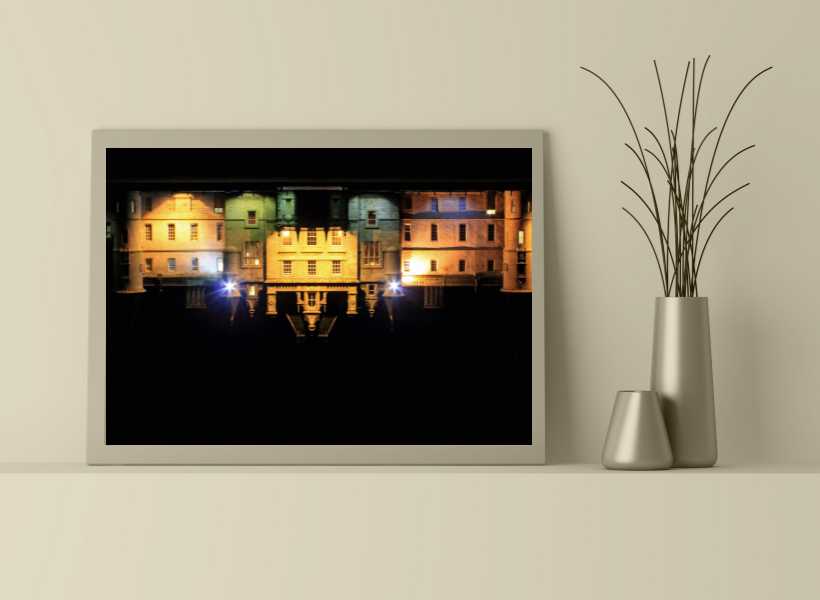
Its unconventional orientation prompts us to question and explore, unraveling the mystery it presents. This curiosity can lead to deeper engagement, as we seek to understand the image from a different angle.
It’s a testament to the power of visual stimuli in piquing our inquisitiveness and driving us to discover new perspectives, making upside-down pictures a thought-provoking medium.
Ways To Interpret An Upside-Down Picture
It invites viewers to contemplate a fresh perspective. Encouraging creative thinking. Some may see it as a symbol of change or disruption, while others view it as a playful twist on conventional ideas.
Interpretation can be deeply personal, influenced by context and individual experiences.
This diversity of perspectives highlights the richness and versatility of upside-down pictures as a medium for artistic expression and communication.
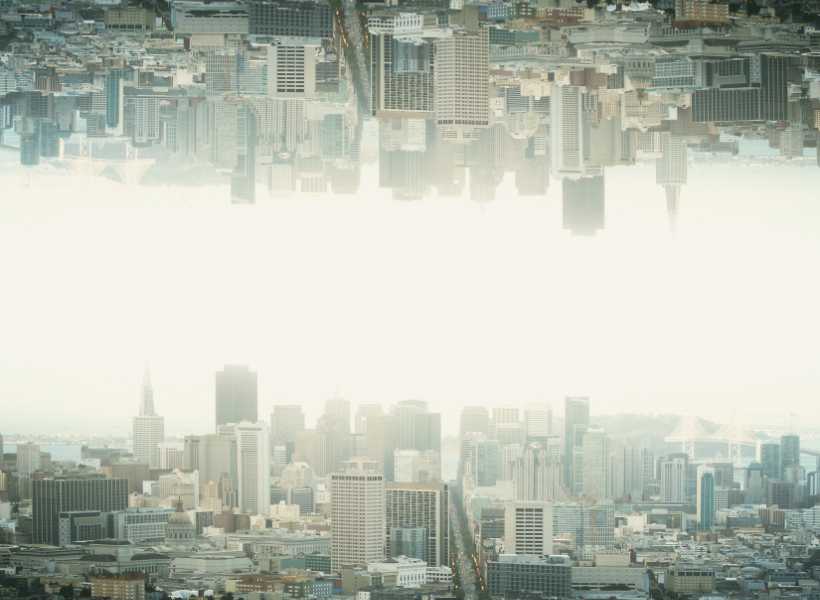
The Impact Of An Upside-Down Picture On Creativity And Thinking
Its unconventional orientation stimulates the brain, encouraging fresh ideas and imaginative thinking. It prompts viewers to break away from routine thought patterns, promote creativity by challenging perceptions.
This unique perspective sparks curiosity, driving individuals to explore new angles and possibilities. In essence, upside-down pictures serve as catalysts for innovative thought processes. Enhancing creativity and expanding cognitive horizons.
Using An Upside-Down Picture As A Metaphor In Marketing And Branding
In marketing and branding, employing an upside-down picture as a metaphor can be a clever strategy. It symbolizes a fresh approach, encouraging customers to perceive a product or brand from a different perspective.
This metaphorical twist can capture attention and evoke curiosity, making it a powerful tool for conveying innovation, uniqueness, and a willingness to challenge the status quo.
By utilizing the symbolism of an upside down picture, marketers can engage audiences and differentiate their offerings effectively.

How To Use An Upside-Down Picture To Generate Intrigue And Engagement
This visual approach stimulates curiosity by presenting a familiar subject in an unconventional manner. When shared on social media or in marketing materials, it captures attention and encourages viewers to explore further.
Leveraging the novelty of upside-down imagery, individuals and businesses can create memorable and engaging content that stands out in a crowded digital landscape, encouraging interaction and interest.
The Impact Of Social Media On The Popularity Of Upside-Down Pictures 📸

Social media has had a great impact on the popularity of upside-down pictures. Platforms like Instagram and TikTok encourage creative and visually appealing content, making upside-down images a trendy choice.
Users enjoy the novelty and uniqueness of these pictures, often leading to higher engagement and sharing.
The ease of sharing and the potential to go viral have contributed to their popularity, turning upside-down pictures into a recognizable and influential visual trend in the world of social media.
FAQ About Upside-Down Picture Meaning
What Does An Upside Down Picture Represent?
An upside-down picture can represent a shift in perspective, symbolizing the need to see things differently. It may evoke curiosity, challenge conventions, or convey a sense of mystery, ultimately inviting individual interpretation and exploration.
What Does A Upside Down Image Called?
An upside-down image is commonly called an “inverted” or “reversed” image, as it presents the subject matter from an unconventional angle or orientation, typically with the top becoming the bottom and vice versa.
Are Inverted Images Negative?
Inverted images are not inherently negative; their interpretation depends on context. In some cases, they may signify a creative or playful twist. However, in medical or technical contexts, they can indicate issues like X-ray abnormalities or camera sensor problems.
Is An Upside Down Image Real?
An upside-down image is real in the sense that it exists, but it’s typically a result of altering the orientation of a regular image, not how we naturally perceive objects. It’s a common artistic or creative choice rather than a reflection of reality.
Final Thought 💭
The concept of an upside down picture meaning goes beyond mere orientation; it represents a versatile tool for creativity, communication, and exploration.
Whether in art, marketing, or personal expression, it invites us to see the world from a different angle, fostering curiosity and sparking innovative thinking.
Its enduring popularity in the digital age demonstrates its ability to charm and engage audiences across various domains, making it a valuable element in our visual landscape.

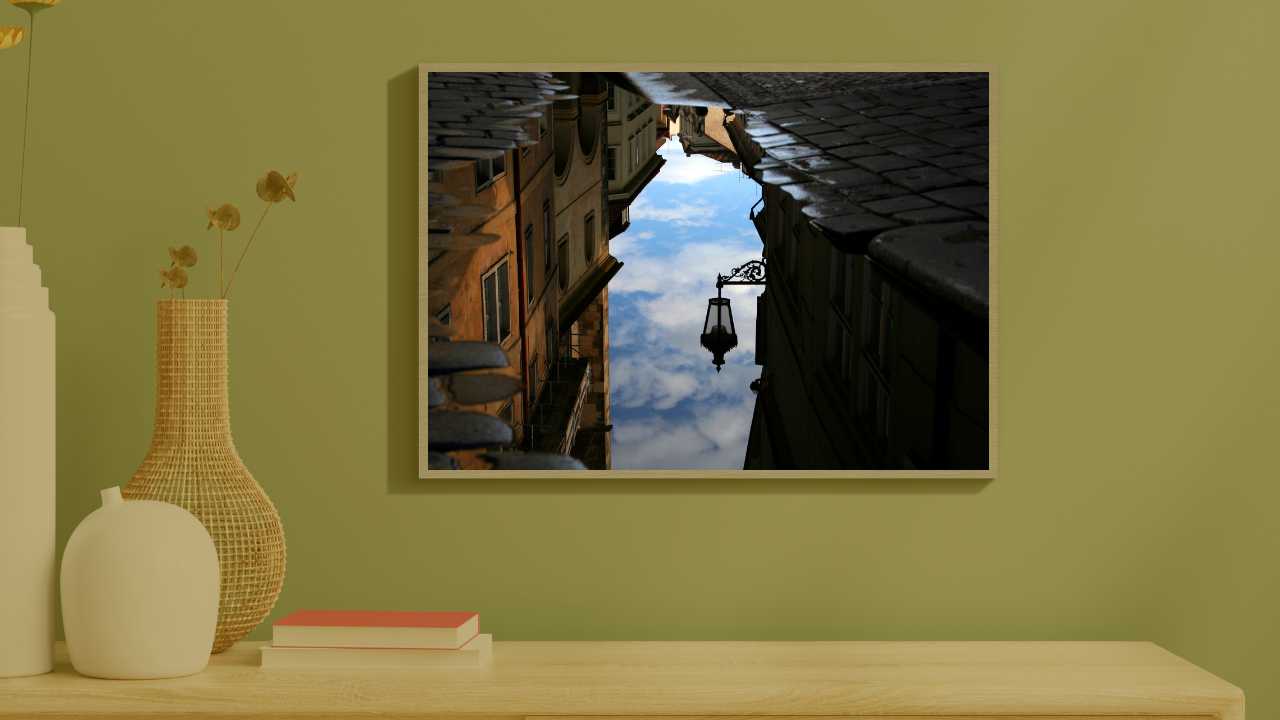



















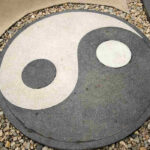











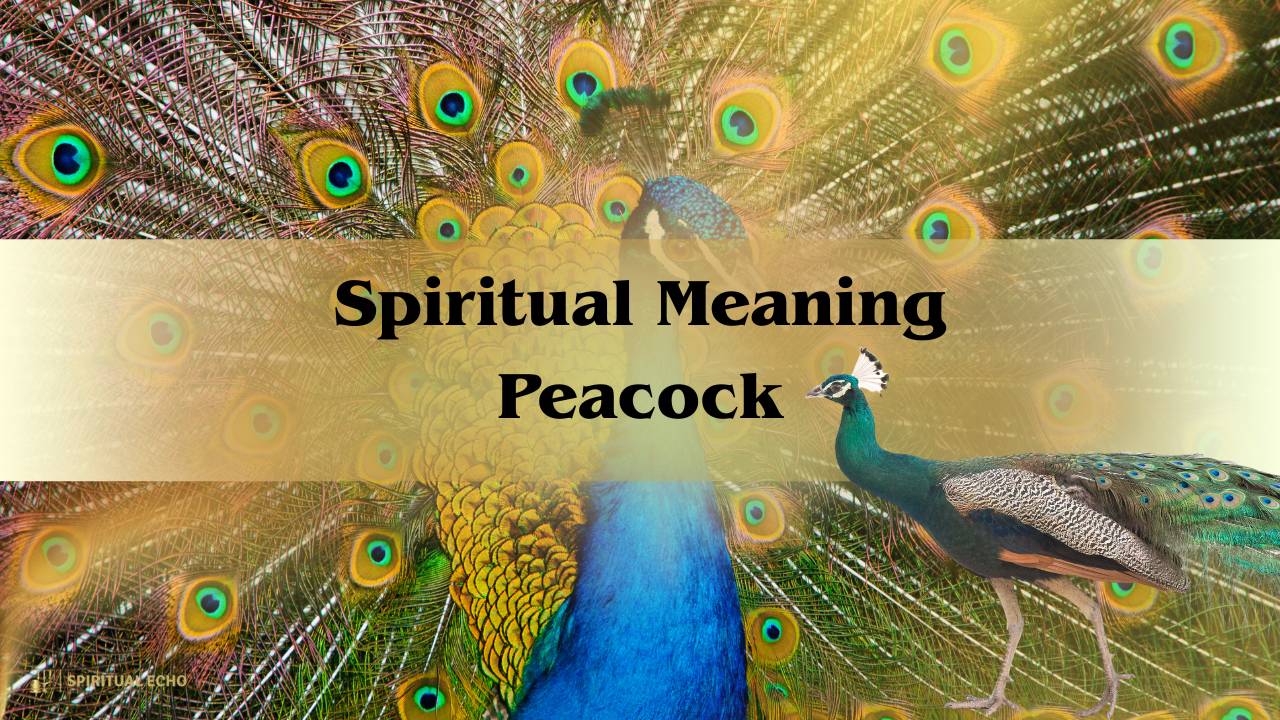
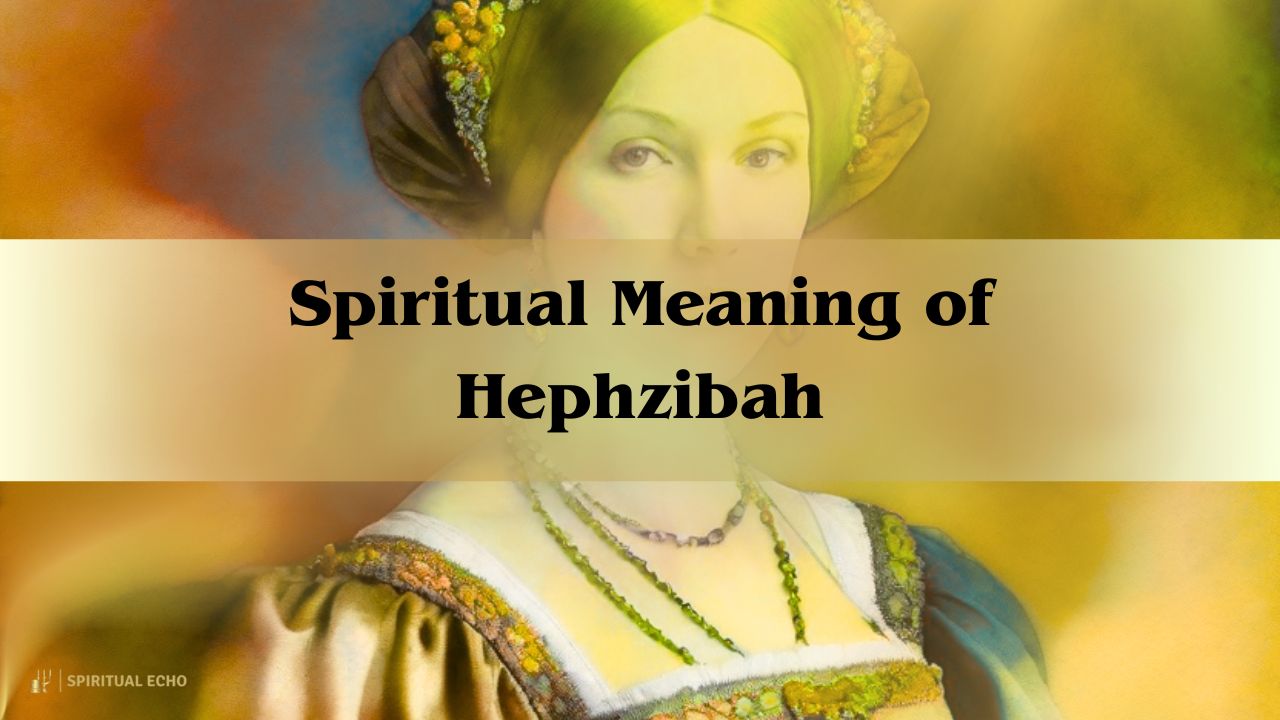
Leave a Reply